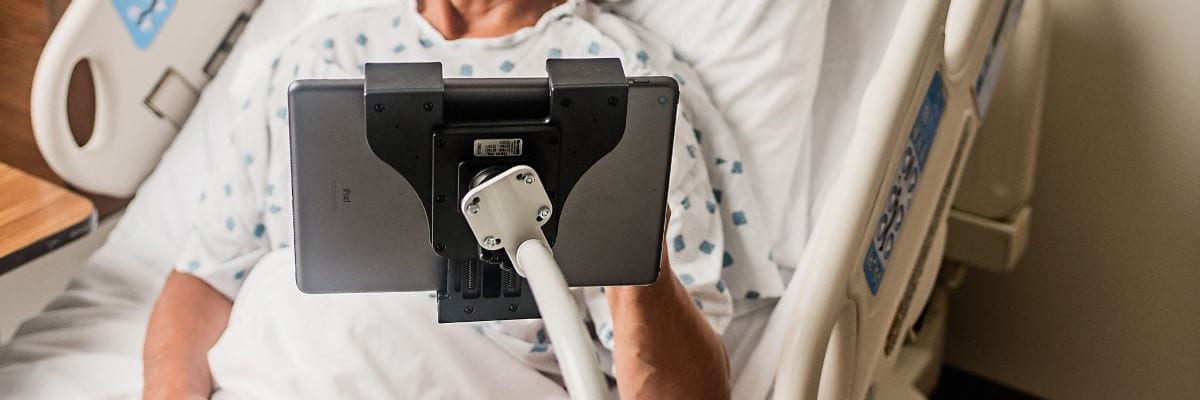The four things you need to be confident in before your device testing process

Share:
We pride ourselves on two big values: quality design and transparency. When you’re working with a manufacturer, you should be 100% confident in their testing process. While every flex arm device we have a hand in is unique, there are certain benchmarks that it’s important for each one to hit. This isn’t just about stress tests or holding up in bad conditions, a lot of these things help to really crystalize how this product will be used.
So how is this different from what you’re doing when you design and engineer your flex arm device? We’re specialists and flex arms are our specialty. That means we can give helpful feedback on how this device may function specifically from a flex arm perspective. That can be important as often times the flex arm is a crucial component in determining how hearty a device might be. Can it hold up? We’re about to find out. Here’s what our typical testing process looks like.

Step 1: Flex Arm Load and Position
The first step is knowing precisely what weight and flexion requirements are needed. That gives us details that will be crucial going forward. From there we’ll be able to understand the limiting characteristics of your flex arm. Often these are calculations to understand how far we can push the flex arm while still maintaining the maximum performance. Here’s what we learn from the load and position data.
- Maximum length of material that can hold the desired angle position
- Maximum load holding in different angle positions
- Cycle testing to determine…
- Loss of performance over time
- The ultimate life of the device

Step 2: Flex Arm Size, Distance, and Angle
Here’s where we really get into the info we’ll need before product design. This has to do with the object that will be attached to the flex arm. We get a better idea of the size and load that we’ll need, how far it’s going to need to be able to move from the base, and even the angles that will be needed. Between these numbers and the first step’s numbers, we should get a (nearly) complete view of what will be needed before we move forward with the final designs. It allows us the ability to select the proper material based on data.
- Load or size of the object to be supported by flex arm
- The distance of the object to be supported from the base of the device
- The angle of the object needing to be supported.

Step 3: Flex Arm Device Limitations
This is how we figure out the material and dimension properties needed for your device. There can be limitations (say if something electronic needs to run through the arm, or if the arm needs to pass through something itself). We also get a better idea of how your device will be used. Is this something where it’s a set it and forget it environment, OR will the application of this device mean that it’s being flexed multiple times a day?
- What ID limitations do we have if something needs to run through the arm?
- What OD limitations do we have if it needs to pass through something?
- Is the application something that flexes the arm multiple times a day, or is this a set it and forget it environment?
Step 4: Flex Arm Customized Details
We’re in the home stretch now. We’ve got a specific idea of the arm requirements, the object requirements, and the limitations of the device itself — now we just need to hammer out the gritty details. We ask the customer to supply information on the mating surface that the support device will be attached to. That allows us to either pick from our current supply of end fittings (ferrules) or develop a unique component for them.
Sometimes developing a unique component will require analysis evaluation for strength and durability prior to supplying a solution to the customer. That’s more testing on our end. We don’t mind. So there you go, that’s a big part of how the magic happens. Of course, we have years of use and historical experience that come into play in the end — but our process always starts the same: with the data and analysis criteria we listed here. If these are met, we’re very likely to have success.
